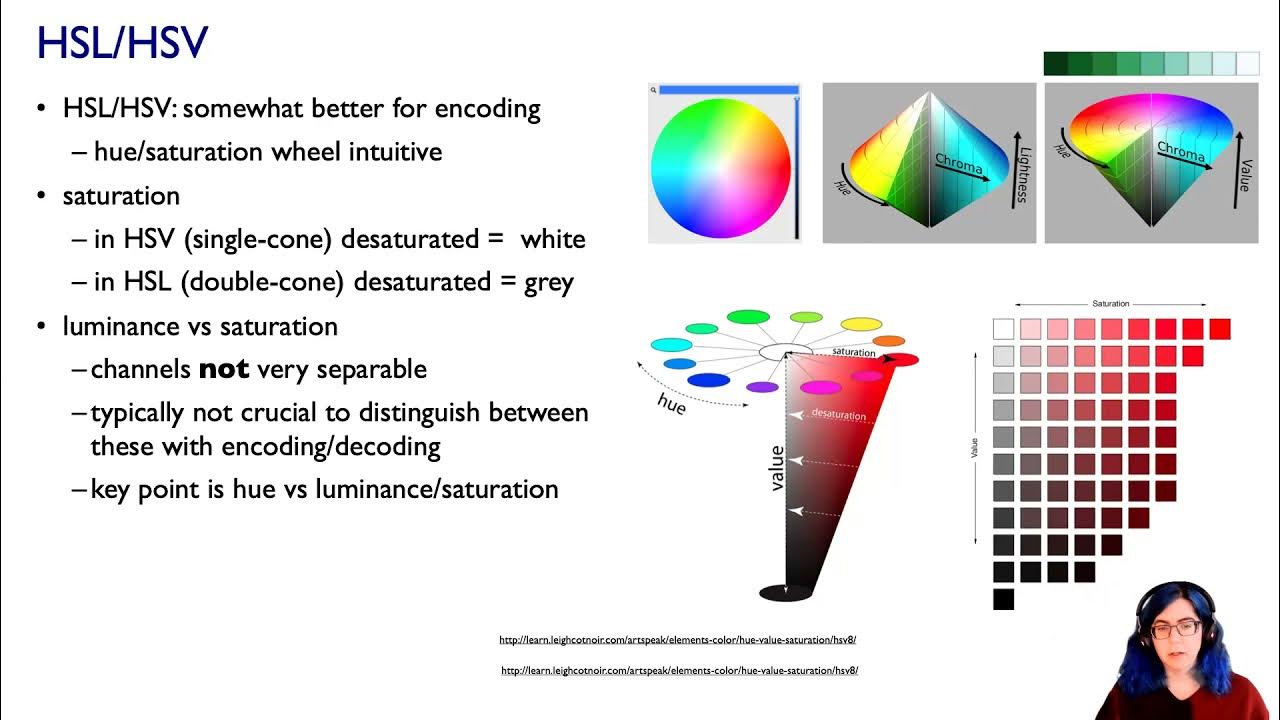5. Peso Visual
Summary
TLDRThis video explores the concept of visual weight in images and how various factors like size, position, shape, contrast, texture, and color influence what grabs our attention. It discusses how our brains naturally balance these elements to create a sense of equilibrium or imbalance, guiding the viewer's focus. The video also covers how human presence can add significant visual weight. By understanding these elements, one can intentionally design images that communicate a desired message, depending on how the viewer interprets the visual cues based on their unconscious visual education.
Takeaways
- 😀 Visual weight refers to the elements in an image that attract the most attention, similar to how physical weight works but on a visual level.
- 😀 The human brain tends to balance images based on the positioning of visual weights, making the composition feel natural or dynamic.
- 😀 Visual weight can be influenced by multiple factors such as size, proximity to the camera, position, shape, contrast, texture, and color.
- 😀 Larger objects or those closer to the camera generally carry more visual weight, drawing more attention than smaller or distant objects.
- 😀 The position of elements in an image plays a key role in visual weight, with elements placed to the left or center often attracting more attention.
- 😀 Shapes and forms can also affect visual weight, with unique shapes or differences in form standing out more than uniform ones.
- 😀 Contrast increases visual weight; for instance, a darker object in a lighter space will draw more attention.
- 😀 Textures can add visual weight, as elements with more texture generally attract more attention than smooth ones.
- 😀 Colors, particularly bright or contrasting ones, can greatly influence where our attention is drawn in an image.
- 😀 The human factor—images involving people naturally draw more attention to the human figure, as humans tend to focus on human subjects first.
- 😀 Understanding visual weight and how to manipulate it can help in conveying the intended message of an image, depending on how it is interpreted by the viewer.
Q & A
What is 'visual weight' in an image?
-Visual weight refers to the elements in an image that attract our attention more than others. These elements may have more visual impact due to size, position, color, texture, or other factors, making them stand out in the overall composition.
How does the position of elements in an image affect its visual weight?
-The position of elements influences where our eyes naturally go first. For instance, elements placed on the left or center of the image, where we tend to read from top to bottom and left to right, will generally attract more attention than those placed at the edges or corners.
Why does size contribute to visual weight?
-Larger elements in an image tend to draw more attention because they occupy more space and are more prominent compared to smaller elements. This makes them appear to have more visual weight.
How does proximity to the camera impact visual weight?
-Elements closer to the camera appear larger and thus have more visual weight. This is because objects that are near the viewer seem more dominant compared to those farther away.
How does contrast affect visual weight?
-Contrast, such as differences in light and dark areas, makes certain elements stand out more. For example, a darker object on a light background will attract more attention, increasing its visual weight.
What role does texture play in visual weight?
-Textured elements usually draw more attention because they create a more dynamic visual experience. The more texture an object has, the more likely it is to attract the viewer's eye, giving it more visual weight.
How does color contribute to visual weight?
-Color plays a significant role in visual weight. For instance, a bright or vibrant color, such as yellow, stands out more against neutral tones like blue, making the colorful element more visually dominant.
Why does human presence in an image affect its visual weight?
-Humans naturally focus on other humans due to biological instincts. Therefore, images containing human figures tend to have more visual weight, as we instinctively pay attention to human presence.
How does the composition of an image impact its balance?
-The composition affects how visual weight is distributed. If the visual weight is placed to one side, the image may feel dynamic or in motion. If balanced across the image, it feels more stable and centered. This balance or imbalance creates a specific emotional impact.
What is the effect of air or space around elements in an image?
-The amount of space around elements can influence their perceived weight. If an object is close to the camera with little air around it, it feels more intense and dominant. More space or 'air' around an object can make it feel freer or lighter.
Outlines

This section is available to paid users only. Please upgrade to access this part.
Upgrade NowMindmap

This section is available to paid users only. Please upgrade to access this part.
Upgrade NowKeywords

This section is available to paid users only. Please upgrade to access this part.
Upgrade NowHighlights

This section is available to paid users only. Please upgrade to access this part.
Upgrade NowTranscripts

This section is available to paid users only. Please upgrade to access this part.
Upgrade Now5.0 / 5 (0 votes)





